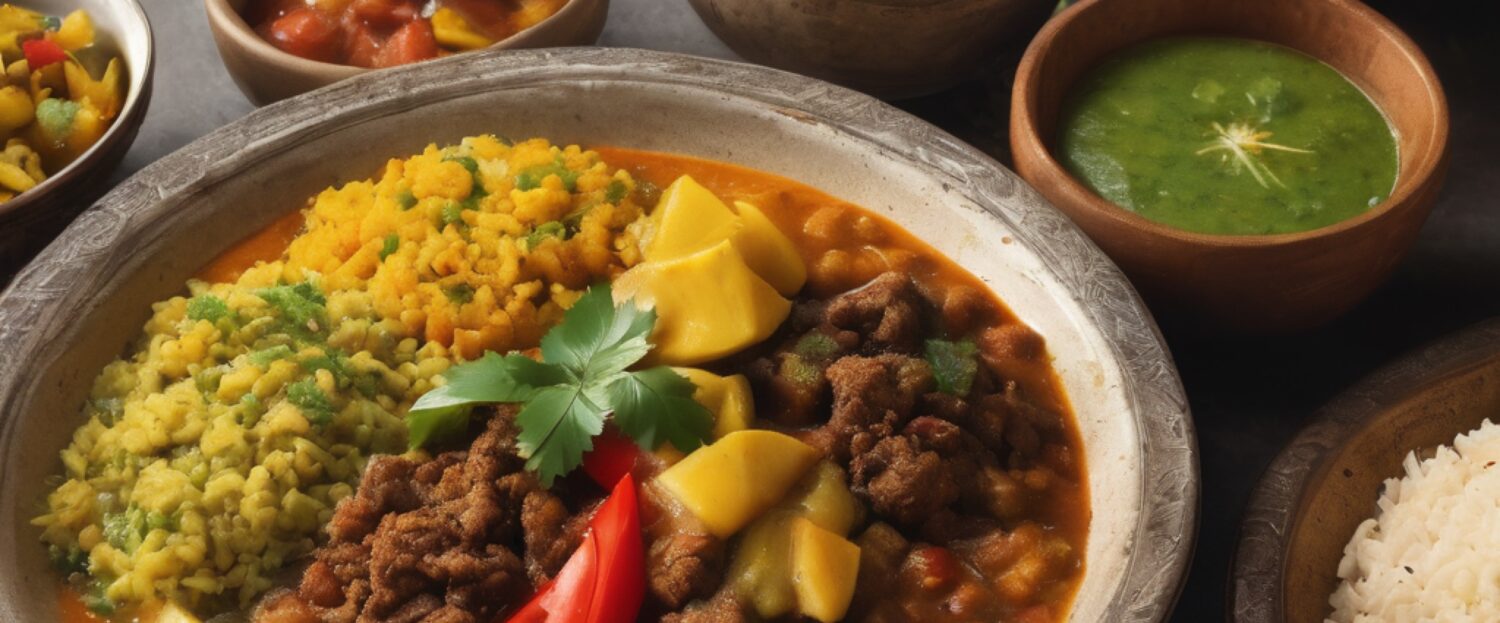This week on Tasting My Heritage, I’m going to be giving an introduction and history into Pakistan and their foods. Then, I’m going to show you an easy step-by-step tutorial with photos on how to make a popular dish this week.
My relationship to Pakistan is that it’s half of my ethnicity. My dad is from there and growing up, Pakistani food was the majority of the foods I would have every day, mainly for dinner. The food that my family and I would eat would always be paired with a vegetable and a side of either basmati rice, potatoes, or roti/naan.
With my weekly newsletters, you will begin to see me reference basmati rice a lot. This is a go-to rice in Pakistan. Basmati rice is native to South Asia and it’s used in many Indian and Pakistani households.
India and Pakistan produce and export basmati rice the most but other countries use basmati rice too. Those countries are Dubai, Saudi Arabia, Iran, Iraq, as well as the United States. The United States sells basmati rice at most stores, so it’s easily accessible and you don’t have to go out of your way to go somewhere else for it. It’s also really inexpensive so it’s my favorite. It’s all about preference though and you can use whatever kind you would like when following along with my recipes.
You might have also noticed that I mentioned roti/naan. Those are also very important side dishes to Pakistan. Although they are used for the same purpose, naan and roti have some differences to them. Naan uses yeast and it’s typically a lot fluffier and heftier in terms of dough. Roti, on the other hand, does not contain yeast in the creating process and it’s a lot flatter.
The way they’re used in recipes is based on preference. Although, in India and Pakistan, it’s more common to eat roti with dinner regularly than to eat naan. Either way is authentic and true to Pakistani culture. Later on into my newsletter, I’ll show you how to create these as well!
Pakistani food is similar to Indian food because they are both in South Asia and Pakistan was formed as a country once they separated from India in 1947. Pakistan is made up of mostly Islamic individuals and that was considered the reason they separated. India didn’t necessarily want Muslim people in India, therefore they became two. The outcome is that their food is overlaps a bit, minus some of the meats.
References:
https://medium.com/@amiranaturef/the-origin-and-history-of-basmati-rice-8c04f6bd7759
